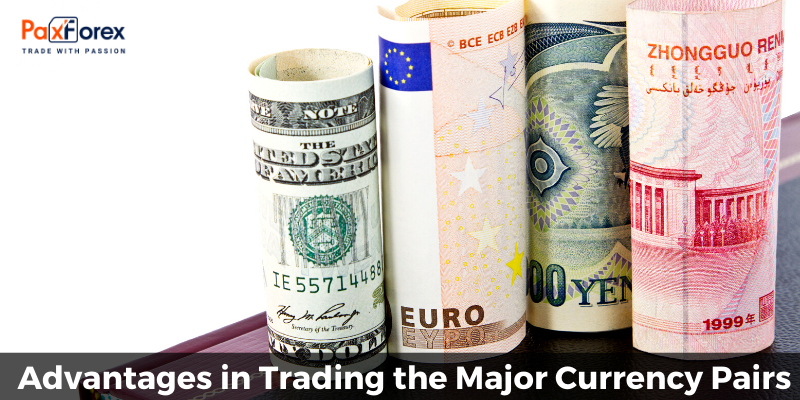
One of the most basic concepts of forex trading are forex currency pairs. A currency pair is the quotation of the relative value of a currency unit against the unit of another currency in the foreign exchange market. The currency that is used as the reference is called the counter currency and the currency that is quoted in relation is called the base currency or transaction currency.
Each currency can be paired with any other, with either capable of being the quoted or base currency, because every currency can be traded. However, there are some currencies that are far more popular trades than others,they are called the major forex currency pairs, and they are as follows:
The majors: GBP/USD, EUR/USD, USD/CHF, USD/JPY
The commodity pairs: AUD/USD, USD/CAD, NZD/USD
Notice that all of these pairs are tied to the U.S. dollar. This doesn’t give a trader many options when most of their trading decisions are based on this one speculation. You can see that by trading any of the 7 most popular currencies, you are basically taking either an anti-U.S. dollar or pro-U.S. dollar stance. This one speculation affects these pairs in almost the same way across the board.
Major currency pairs all contain the US Dollar on one side – either on the base side or quote side. They are the most frequently traded pairs in the forex market. The majors generally have the lowest spreads and are the most liquid. The EUR/USD is the most traded pair with a daily trade volume of nearly 30% of the entire forex market. These are the most liquid currencies, I.e. they are the most actively traded currencies in the world. They constitute about 85% of the total trading volume in the forex market.
In order to make best use of the major currency pairs, traders need to carefully watch business news and determine which factors will cause a value jump or fall in the currencies being monitored. These factors will vary according to the country. For example, the pound will be strengthened by a fall in unemployment figures, a rise in growth figures, or expectations of interest rates rising in the UK.







